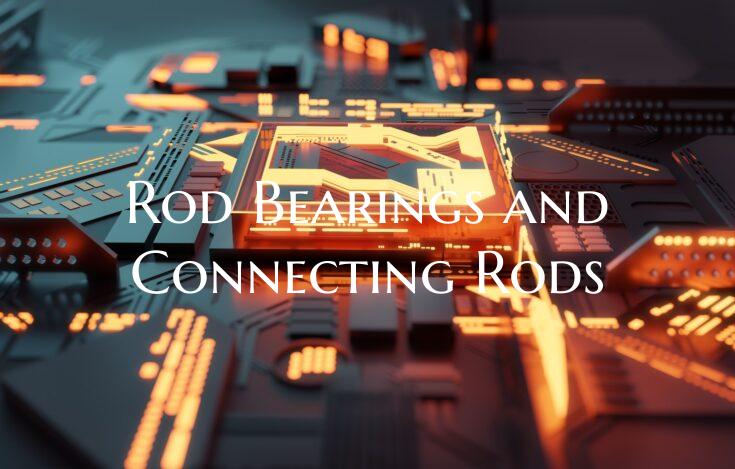Rod Bearings and Connecting Rods
Rod bearings and connecting rods are crucial components within an engine that play a significant role in the overall performance and longevity of the system. Understanding how these parts function and interact is essential for proper maintenance and troubleshooting.
Rod Bearings: Rod bearings are small, but critical components that provide a smooth surface for the crankshaft to rotate on. They are located between the crankshaft journal and the connecting rod. The primary function of rod bearings is to reduce friction and wear during the movement of the crankshaft, allowing for smooth operation.
One of the key aspects of rod bearings is ensuring proper lubrication. A lack of adequate lubrication can lead to overheating and increased friction, ultimately causing premature wear and potential failure of the bearings. Regular maintenance, including oil changes and using high-quality lubricants, is essential to keep rod bearings in optimal condition.
Connecting Rods: Connecting rods are responsible for transferring the linear motion from the piston to the rotary motion of the crankshaft. These components are under immense stress due to the constant reciprocating motion of the pistons. Connecting rods need to be strong and durable to withstand these forces without bending or breaking.
In addition to strength, connecting rods also need to be precisely balanced to ensure smooth engine operation. Any imbalance or misalignment can lead to vibrations, noise, and potential damage to other engine components. Regular inspection of connecting rods for signs of wear, such as cracks or deformities, is crucial for preventing catastrophic engine failure.
Maintenance and Troubleshooting: Proper maintenance of rod bearings and connecting rods is essential for the longevity and performance of an engine. Regular oil changes, using the manufacturer-recommended lubricants, and monitoring for any unusual noises or vibrations can help prevent issues related to these components.
Common signs of rod bearing or connecting rod problems include knocking or ticking noises coming from the engine, loss of power, or visible damage to the components. If any of these symptoms are present, immediate attention and inspection by a qualified mechanic are necessary to prevent further damage to the engine.
In conclusion, understanding the importance of rod bearings and connecting rods in an engine's functionality is crucial for maintaining the health of the system. Regular maintenance, proper lubrication, and prompt troubleshooting are key aspects of ensuring these components operate smoothly and efficiently, ultimately contributing to the overall performance and longevity of the engine.

